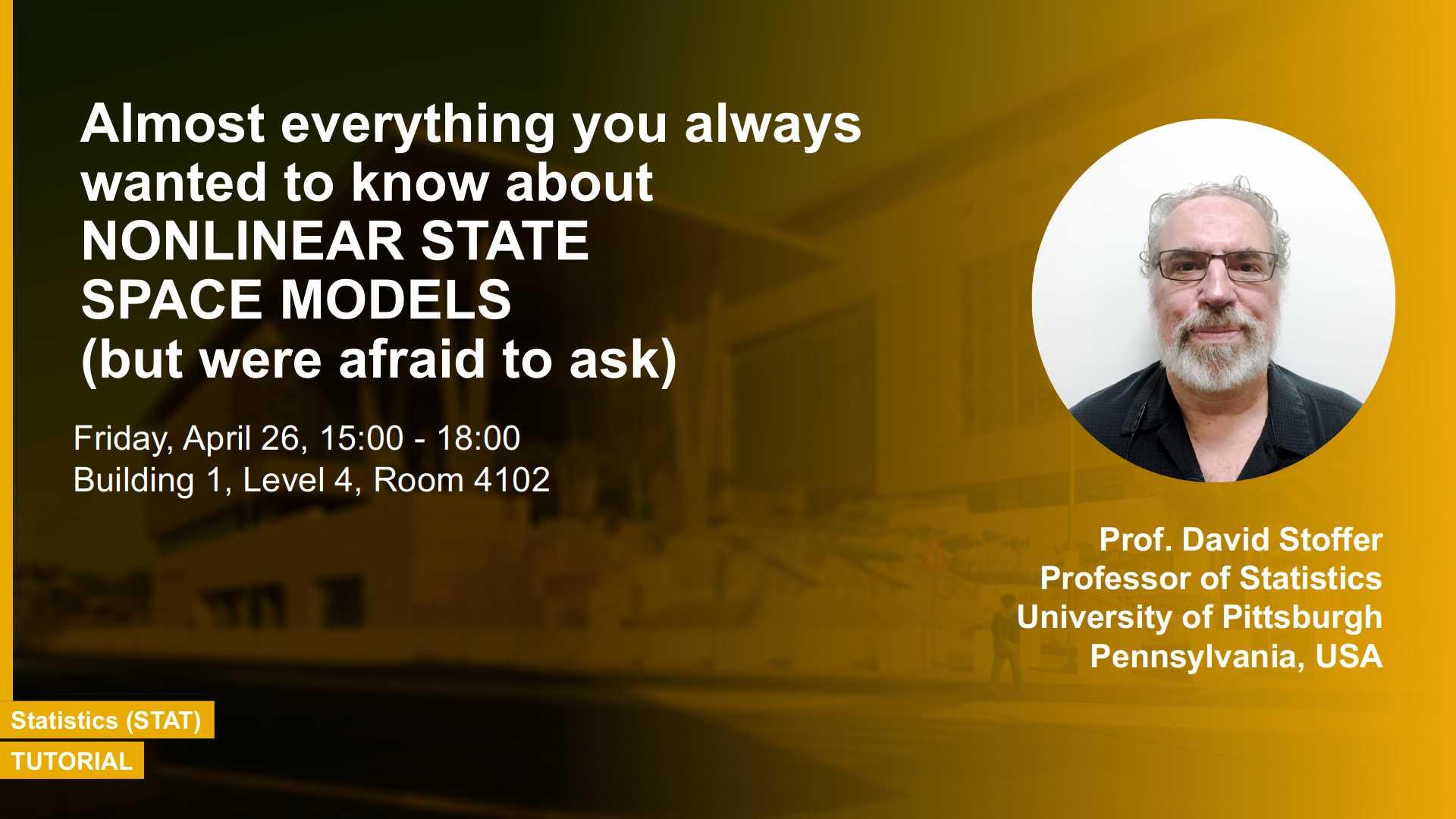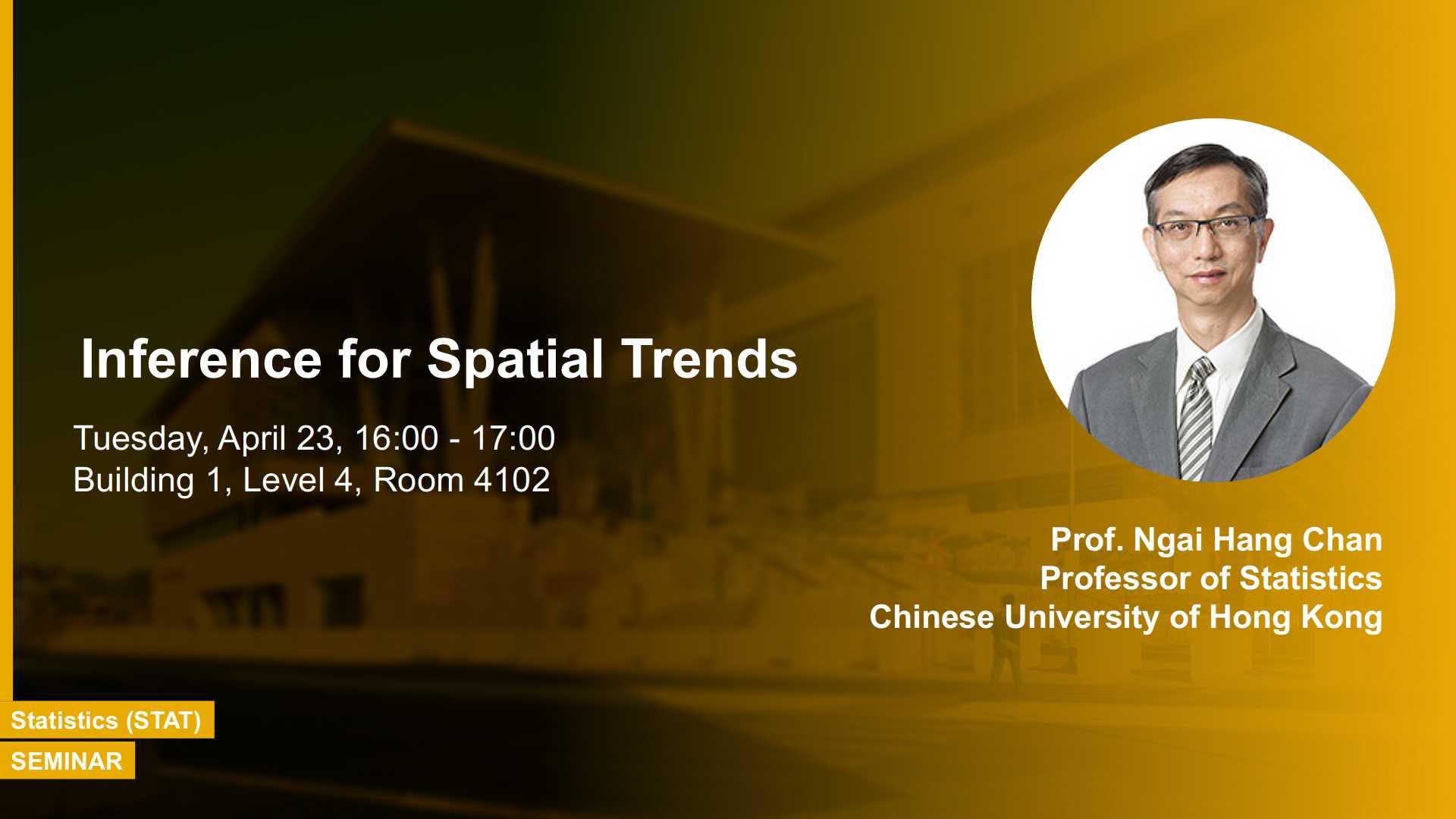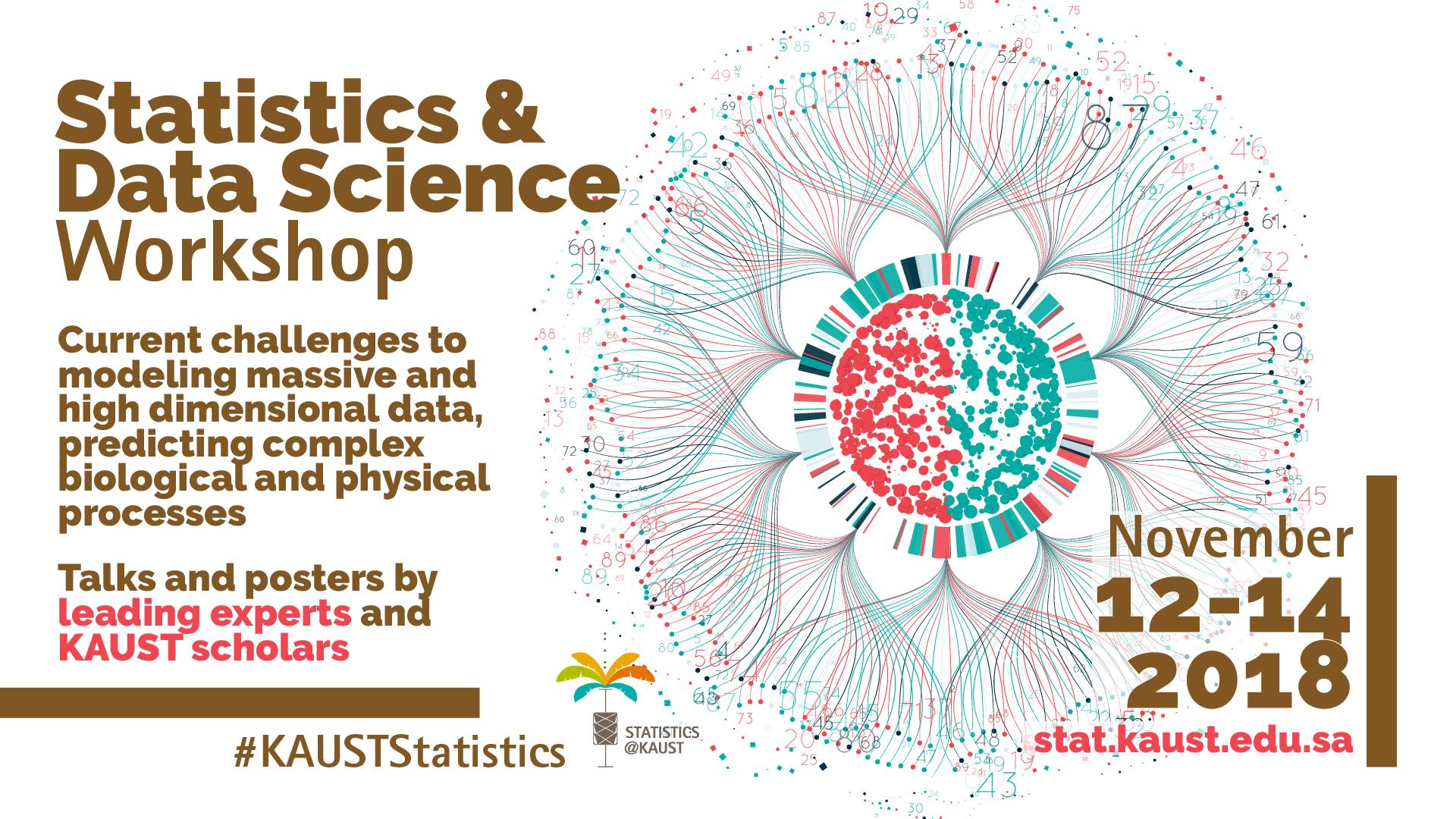Prof, David Stoffer, University of Pittsburgh, Pennsylvania, USA
Friday, April 26, 2019, 15:00
- 18:00
B1 L4 Room 4102
Contact Person
Ever wonder why, when you fly to Jeddah you don't end up in Riyadh? The tracking devices use a nonlinear state space model to make sure your plane is on course. While inference for the linear Gaussian model is fairly simple, inference for nonlinear models can be difficult and often relies on derivative free numerical optimization techniques. A promising method that I will discuss is based on particle approximations of the conditional distribution of the hidden process given the data. This distribution is needed for both classical inference (e.g., Monte Carlo EM type algorithms) and Bayesian inference (e.g., Gibbs sampler).



